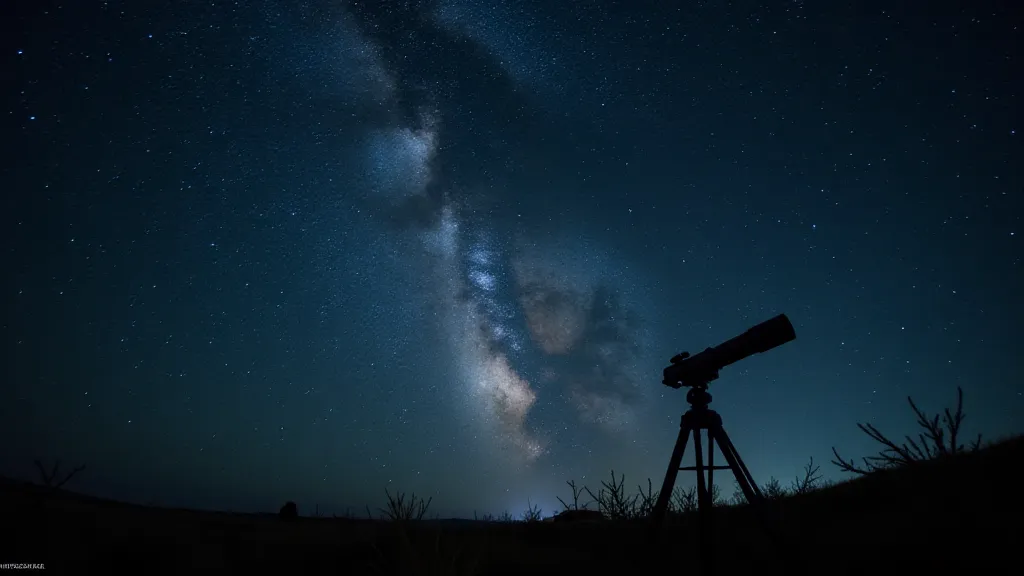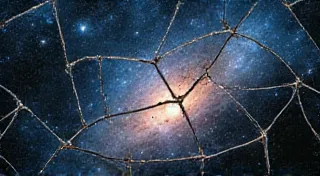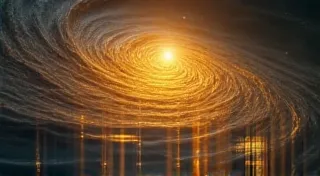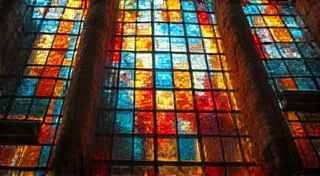The Telescope as a Time Machine: Long Exposure and Cosmic History
There’s a peculiar kinship between old accordions and telescopes. Both are instruments of wonder, built with intricate craftsmanship, and both offer a portal – one to music’s emotional depths, the other to the boundless expanse of the cosmos. My grandfather, a carpenter with calloused hands and a quiet laugh, repaired antique accordions. The smell of oiled wood, the precise click of the reeds, the almost reverent way he handled each instrument – it instilled in me a deep appreciation for the beauty of meticulously crafted objects. Now, I spend my nights searching for similar beauty in the night sky, through the lens of a telescope.
The beauty of astrophotography, especially when you’re working with relatively basic equipment – a DSLR, a modest telescope, a sturdy tripod – lies not just in capturing stunning images of nebulae and galaxies. It resides in the inherent act of time travel. Because light takes time to reach us, the photons that strike your telescope’s sensor have already journeyed across vast distances, sometimes for hundreds, even thousands, of years. When you take a long exposure photograph of the Andromeda Galaxy, you’re not capturing what Andromeda *is* now; you’re capturing a snapshot of its appearance from 2.5 million years ago. It's a staggering thought, one that demands a degree of cosmic humility.
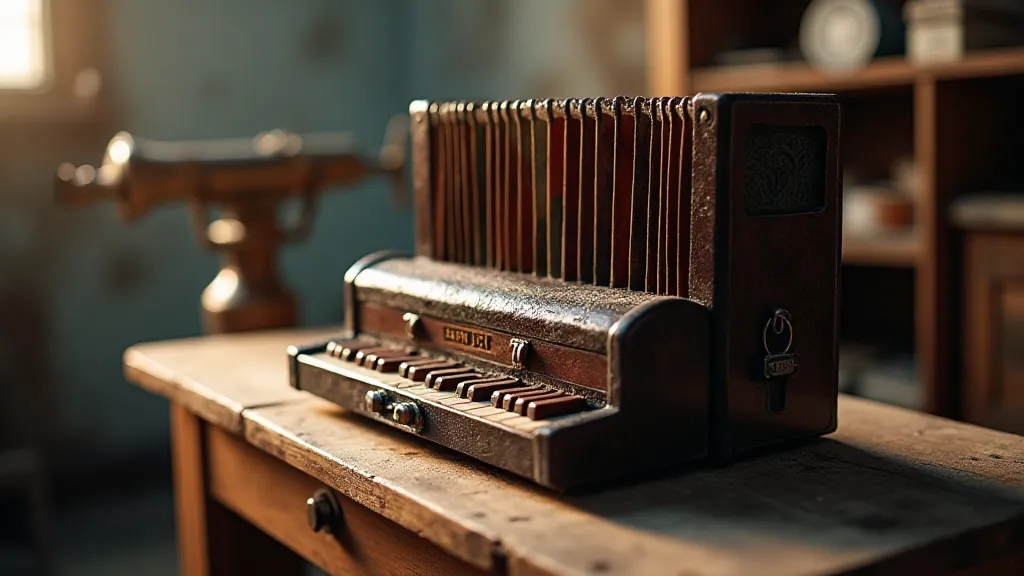
The Physics of Long Exposure
Understanding the fundamental principles at play helps to deepen the experience. Visible light is a form of electromagnetic radiation. It travels at approximately 299,792,458 meters per second. While this seems incredibly fast, those distances – the distances separating us from distant stars and galaxies – are so mind-bogglingly vast that even at that speed, the journey takes a significant amount of time. The light from the Crab Nebula, a supernova remnant roughly 6,500 light-years away, began its journey across the universe in 1054 AD, observable to ancient astronomers as a “guest star.” Every photograph you take of it is a testament to that historical event.
Long exposure times are essential for astrophotography because the light from these celestial objects is often incredibly faint. Our eyes can’t perceive that faint light, but a camera’s sensor, patiently collecting photons over minutes or even hours, can. The longer the exposure, the more light you gather, allowing you to reveal details that would otherwise be lost in the darkness. This process transforms the faint, diffuse glow of a distant galaxy into a vibrant canvas of swirling gas and dust, punctuated by the brilliant pinpricks of countless stars.
The Allure of the Antique - Craftsmanship and Patience
There’s a parallel here to the restoration of antique accordions. Repairing one requires an almost meditative patience. Each bellows needs to be meticulously inspected and re-glued. The reeds, often brittle with age, demand careful cleaning and adjustment. The wood, susceptible to cracking and warping, requires gentle coaxing back to its original form. It's a slow, deliberate process, one that rewards careful observation and a deep respect for the original craftsperson’s skill. Just as you can learn to appreciate the ingenuity and artistry of the accordion maker by understanding the mechanics and the materials, so too can you gain a greater appreciation for the scale of the universe by understanding the principles of light and distance.
Many antique accordions were built with the finest materials – rosewood, ebony, mother-of-pearl – and constructed with a level of detail rarely seen in modern mass-produced goods. The same dedication to quality is reflected in the craftsmanship of older telescopes. Early refractors, painstakingly ground and polished by skilled opticians, often possess a unique charm and character that newer, computer-controlled instruments lack. They embody a different era – an era of exploration, of scientific curiosity, and of a profound connection to the natural world.
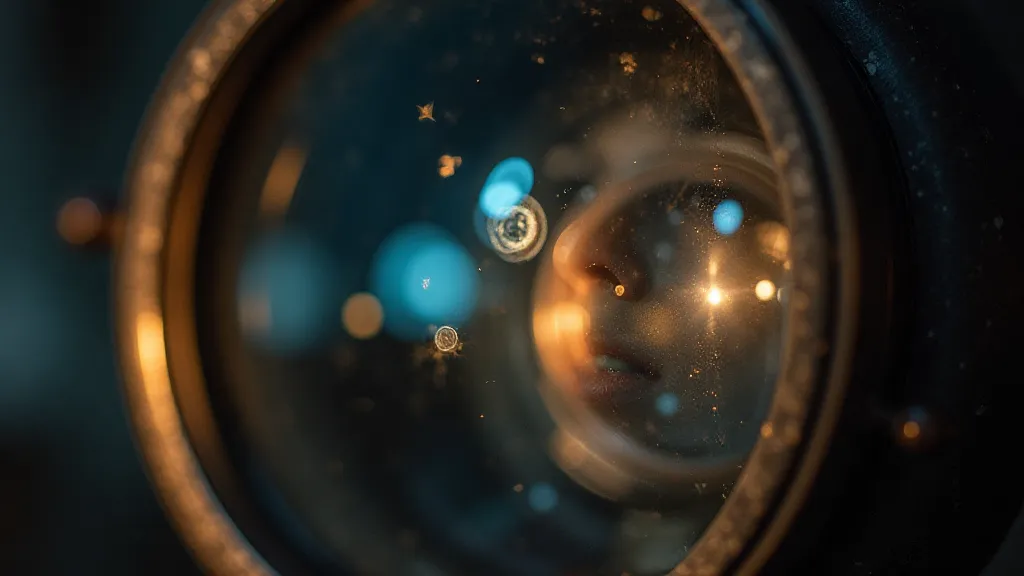
Contemplating Time and Perspective
Standing beneath a star-filled sky, guiding a telescope towards a distant galaxy, you’re not just taking a photograph; you’re engaging in an act of temporal displacement. You’re connecting with events that transpired long before you were born, events that will continue to unfold long after you’re gone. The universe is vast, and our existence within it is fleeting. Astrophotography provides a profound sense of perspective – a humbling reminder of our place within the grand cosmic tapestry.
It also encourages a different kind of seeing – a way of observing the world with a heightened awareness of time and distance. It makes you ponder the journeys of light, the expansion of the universe, and the sheer improbability of our own existence. The faint glow of a distant nebula isn’t just a beautiful image; it’s a message from the past, a whisper from the depths of time. And it’s a privilege to be able to hear it.
Beyond the Technicalities - The Emotional Resonance
While technical knowledge – understanding aperture settings, tracking rates, and image processing techniques – is undeniably important, it’s the emotional resonance of astrophotography that truly captivates. There’s a certain magic in revealing the hidden beauty of the night sky, in transforming faint photons into vibrant images, and in sharing that wonder with others. Just as the music of an antique accordion evokes a range of emotions – nostalgia, joy, melancholy – a stunning photograph of a nebula can inspire awe, wonder, and a profound sense of connection to the universe.
The act of restoration, too, mirrors the process of astrophotography. Bringing a broken accordion back to life is about more than just repairing its physical components; it’s about preserving a piece of history, honoring the skills of the original maker, and sharing the music with a new generation. Similarly, astrophotography is about preserving the beauty of the night sky for future generations, and about inspiring others to look up and contemplate the wonders of the universe. The telescope, in that sense, becomes more than just an instrument – it’s a portal to a deeper understanding of ourselves and our place in the cosmos, a window into the grand, unfolding drama of time.
